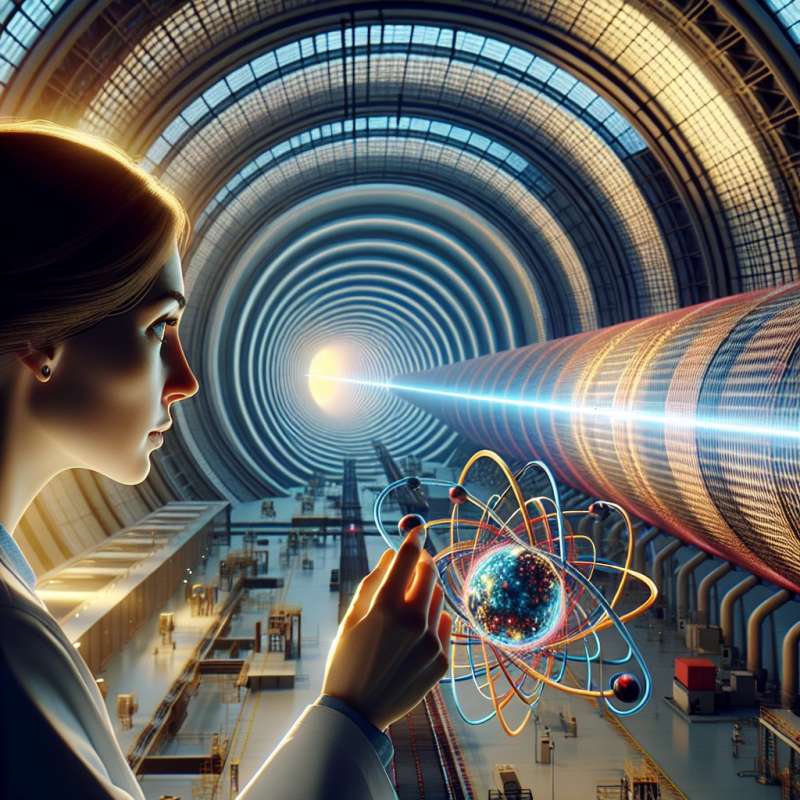
Introduction to Particle Accelerators
Particle accelerators propel charged particles to high speeds. They've been pivotal in physics, enabling discoveries from the electron to the Higgs boson, and have applications in medicine and industry.
First Accelerator: Cathode Rays
The first accelerator was a cathode ray tube, used by J.J. Thomson in 1897 to discover the electron. This primitive accelerator laid the groundwork for modern physics.
Large Hadron Collider (LHC)
The LHC is the world's largest accelerator, stretching 27 kilometers. It's best known for discovering the Higgs boson in 2012, confirming the mechanism that gives particles mass.
Accelerators in Medicine
Beyond physics, accelerators have medical applications. They produce isotopes for diagnostics, and in radiotherapy, they target cancer cells with precision, minimizing damage to healthy tissue.
Synchrotron Light Sources
Synchrotrons, a type of accelerator, produce intense X-rays. These light sources allow scientists to study the molecular structure of materials, leading to advances in biology, chemistry, and materials science.
Future Accelerators: Plasma Wakefield
Next-generation accelerators may use plasma wakefield technology to reach higher energies in shorter distances. This could revolutionize particle physics and reduce the size and cost of accelerators.
Unseen Cosmic Accelerators
Nature's own accelerators, like supernovae and black holes, propel cosmic rays at energies far beyond human-made accelerators. Studying these could answer fundamental questions about the universe.
What was the first particle accelerator?
Large Hadron Collider
Cathode ray tube
Synchrotron light source
Company